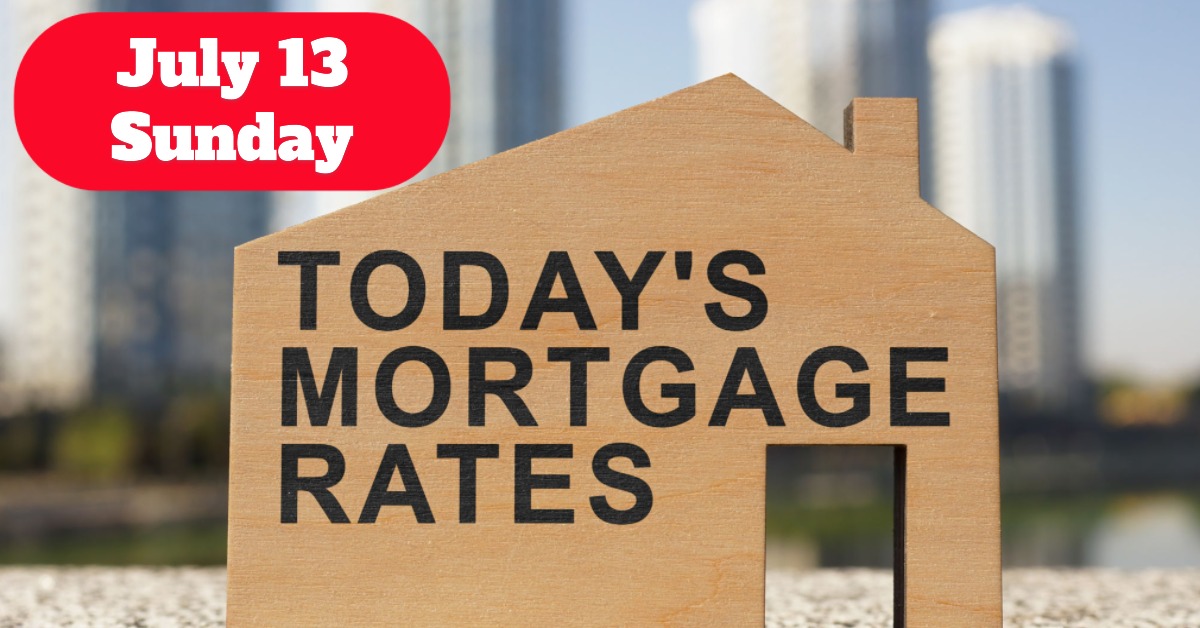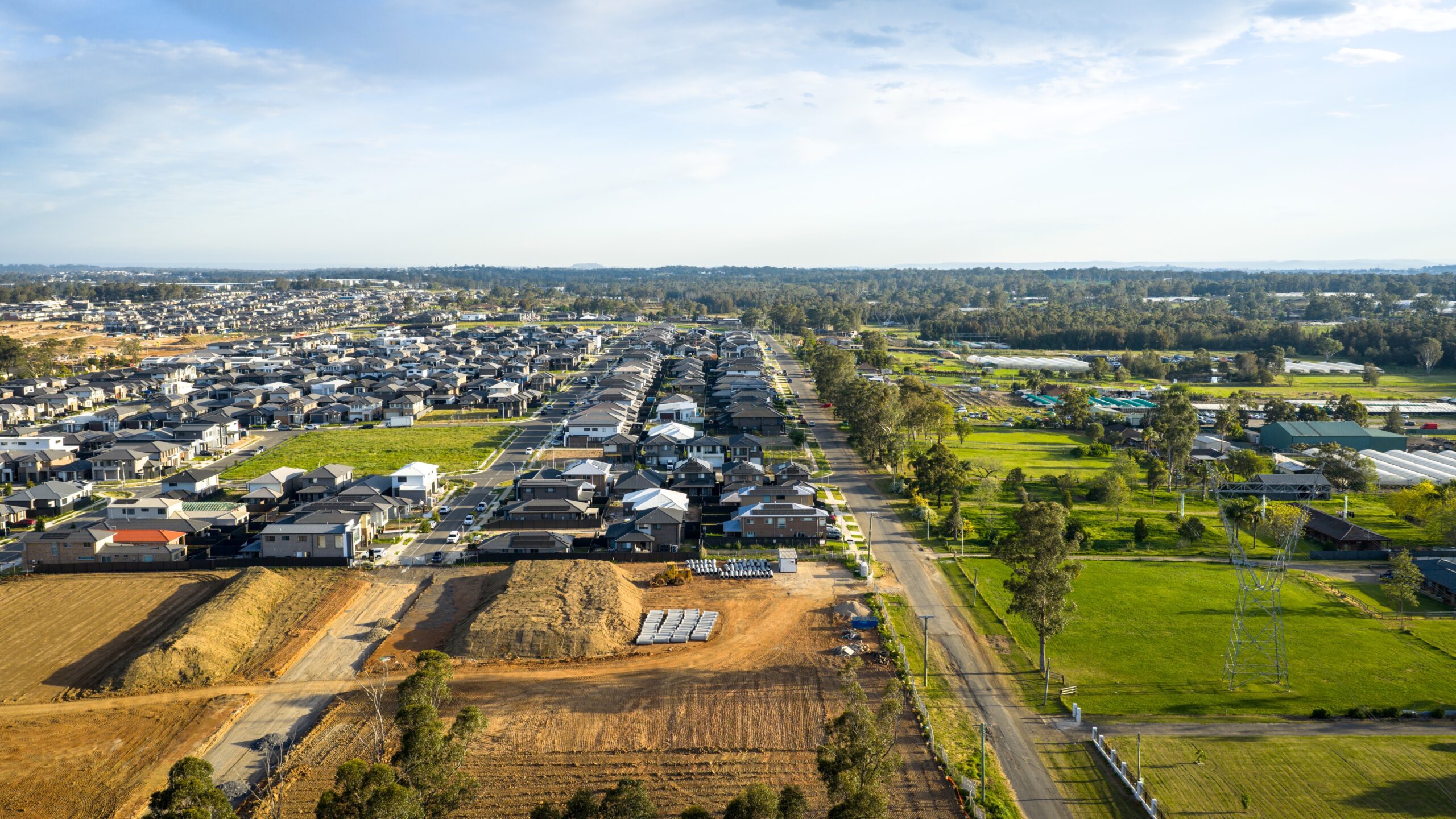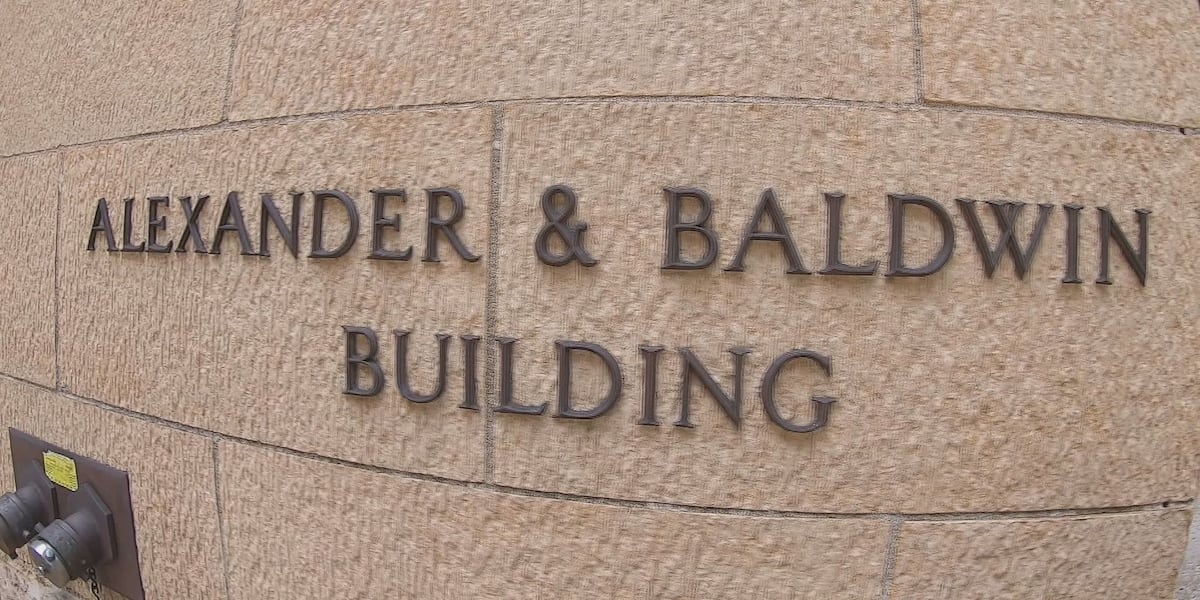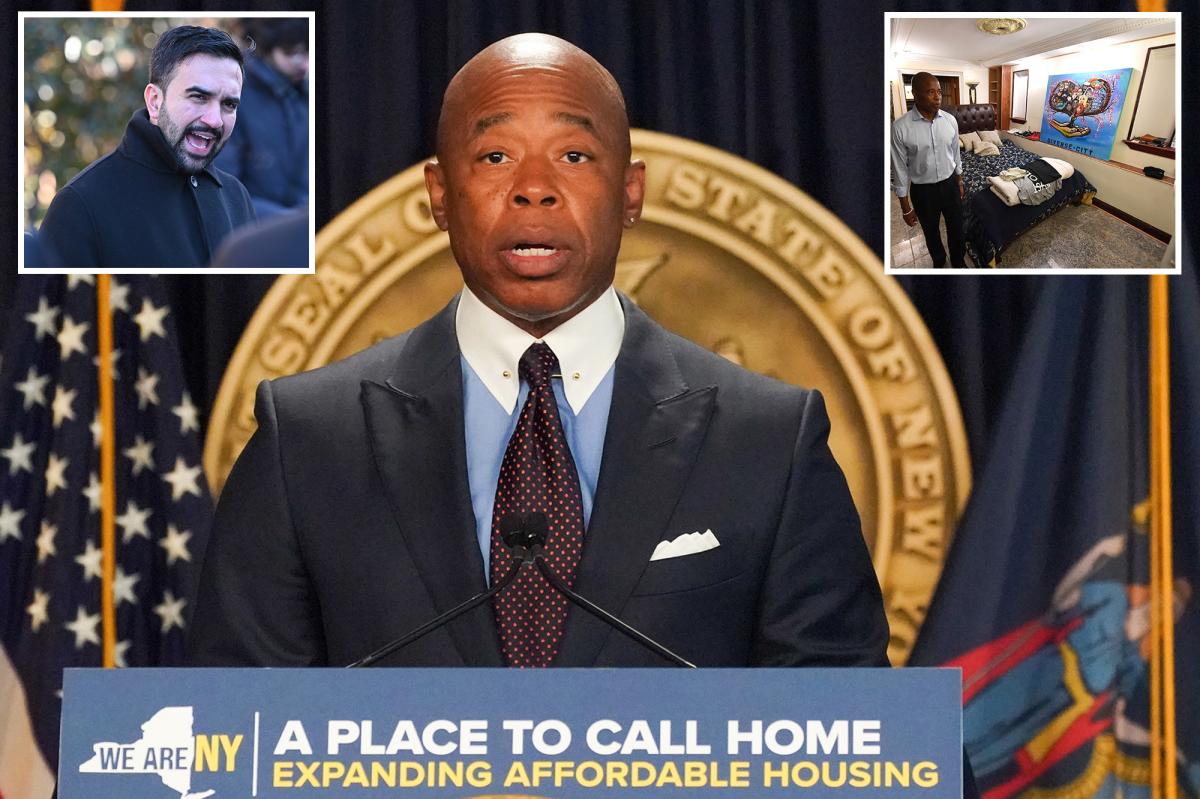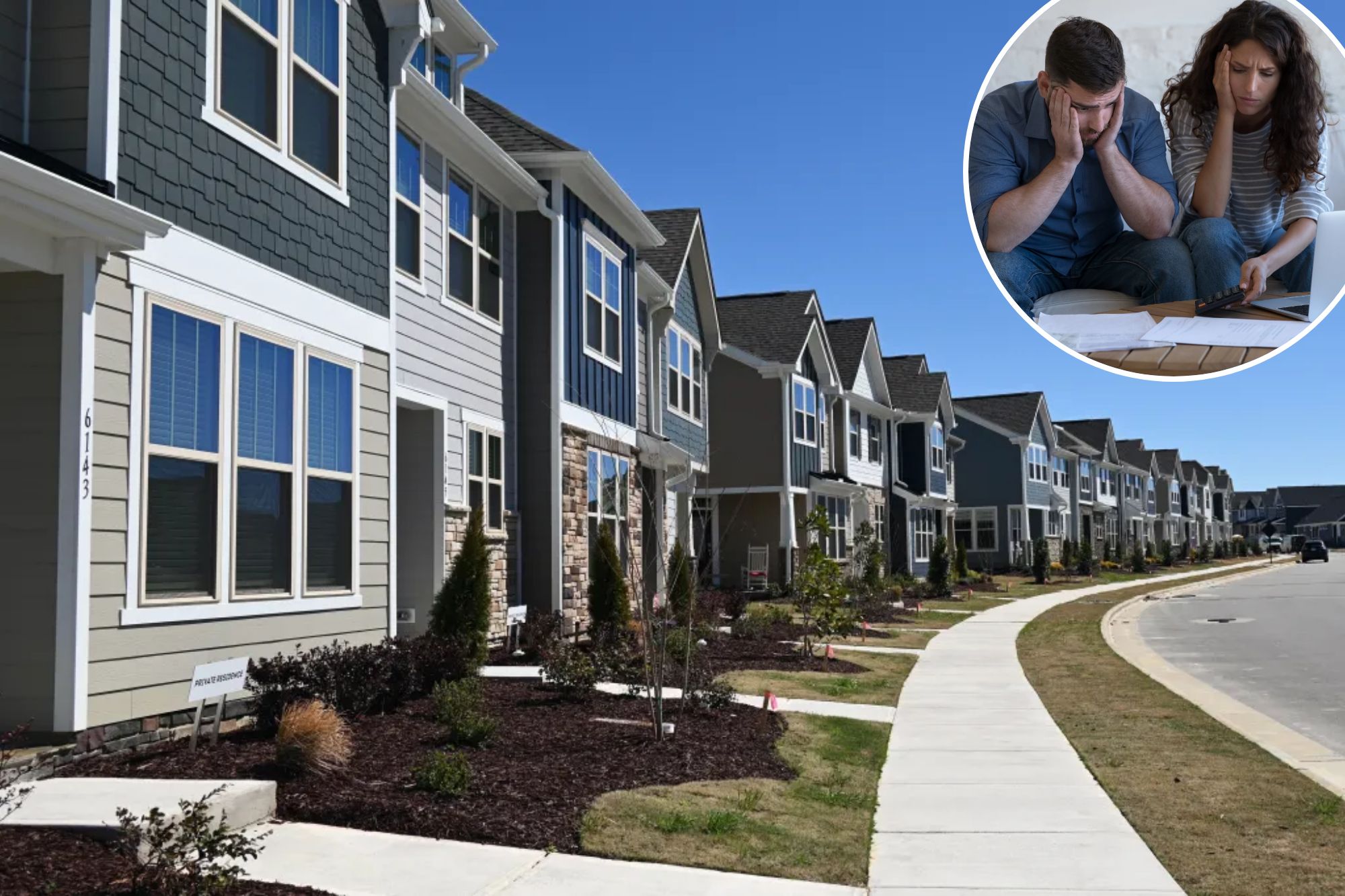A
s of July 13, 2025, mortgage rates remain relatively stable with slight increases in some areas. According to Zillow, the national average for a 30-year fixed mortgage is at 6.87%, up from last week's 6.77%. Meanwhile, the average for a 30-year fixed refinance rate has decreased to 7.06% from 7.10%.
Key Takeaways:
- 30-Year Fixed Mortgage Rate: 6.87% (up 0.10%).
- 15-Year Fixed Rate: 5.90% (up 0.10%).
- 5-Year ARM Rate: 7.86% (down 0.04%).
- 30-Year Fixed Refinance Rate: 7.06% (down 0.04%).
The Federal Reserve's potential rate cuts could influence future mortgage rates, showing mixed signals for buyers. Today's mortgage rates reflect a balance between buyer demand and economic factors that impact lending costs.
Current Mortgage Rates Overview:
Understanding the differences between loan types is essential for making informed decisions. The national averages cover both fixed and adjustable-rate mortgages (ARMs), as well as government loans.
Table: Current Mortgage Rates as of July 13, 2025
- Loan Type | Rate | 1-Week Change | APR | 1-Week Change
- 30-Year Fixed Rate | 6.87% | +0.10% | 7.32% | +0.09%
- 20-Year Fixed Rate | 6.44% | +0.09% | 6.81% | +0.12%
- 15-Year Fixed Rate | 5.90% | +0.10% | 6.20% | +0.09%
- 10-Year Fixed Rate | 5.78% | +0.17% | 5.99% | +0.22%
Exploring Refinance Rates:
Refinancing is an option for homeowners looking to lower their monthly payments or tap into equity for cash needs. The current refinancing landscape shows mixed results, with some rates falling while others remain steady.
Table: Current Refinance Rates as of July 13, 2025
- Loan Type | Rate | 1-Week Change | APR | 1-Week Change
- 30-Year Fixed Refinance Rate | 7.06% | -0.04% | 7.32% | +0.09%
- 20-Year Fixed Refinance Rate | 6.44% | +0.09% | 6.81% | +0.12%
- 15-Year Fixed Refinance Rate | 5.92% | -0.11% | 6.20% | +0.09%
The Federal Reserve's decisions, including rate cuts and economic growth projections, create ripples throughout the mortgage market, directly affecting consumer borrowing costs. The Fed's potential rate cuts could lead to lower rates for consumers.
Economic indicators such as inflation and tariffs also influence mortgage rates. A slower economy, coupled with rising unemployment, typically prompts the Fed to cut rates in an attempt to stimulate growth. Current projections suggest unemployment might rise to 4.5% in the coming months, which could influence Fed policy.
The recent stability in mortgage rates offers a unique opportunity for potential homebuyers and current homeowners alike. While rates remain elevated, the overall trend hints at possible future adjustments, depending on the Fed's actions. Market predictions suggest that if economic conditions do not improve, mortgage rates are likely to decline over the next few years.
Navigating the Mortgage Process:
For both first-time buyers and those considering refinancing, understanding these rates and the broader market context is essential. Whether you are planning to buy a home, invest in property, or refinance your existing mortgage, knowing where rates currently stand can help you make informed decisions that align with your long-term financial goals.
Mortgage rates are influenced by various factors including lender policies, credit scores, and loan-to-value ratio (LTV). In the end, today's mortgage rates reflect a stable yet responsive market that is sensitive to economic changes.
